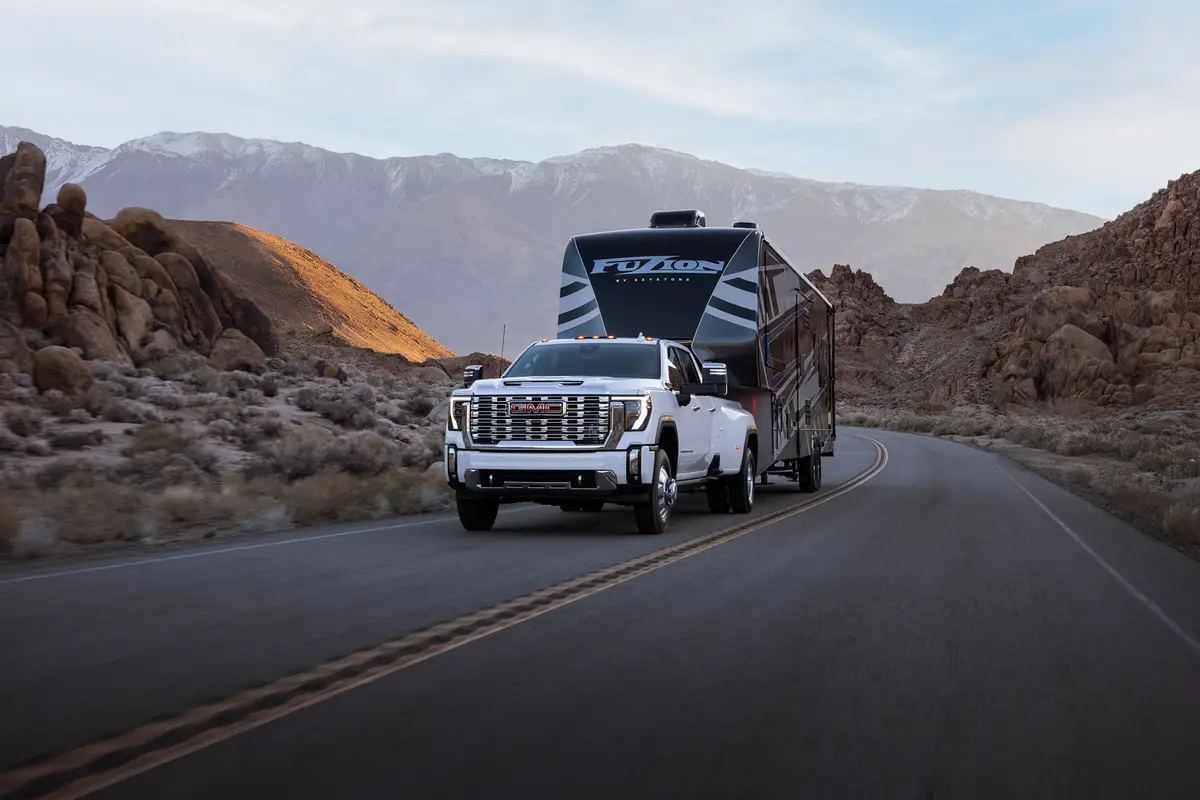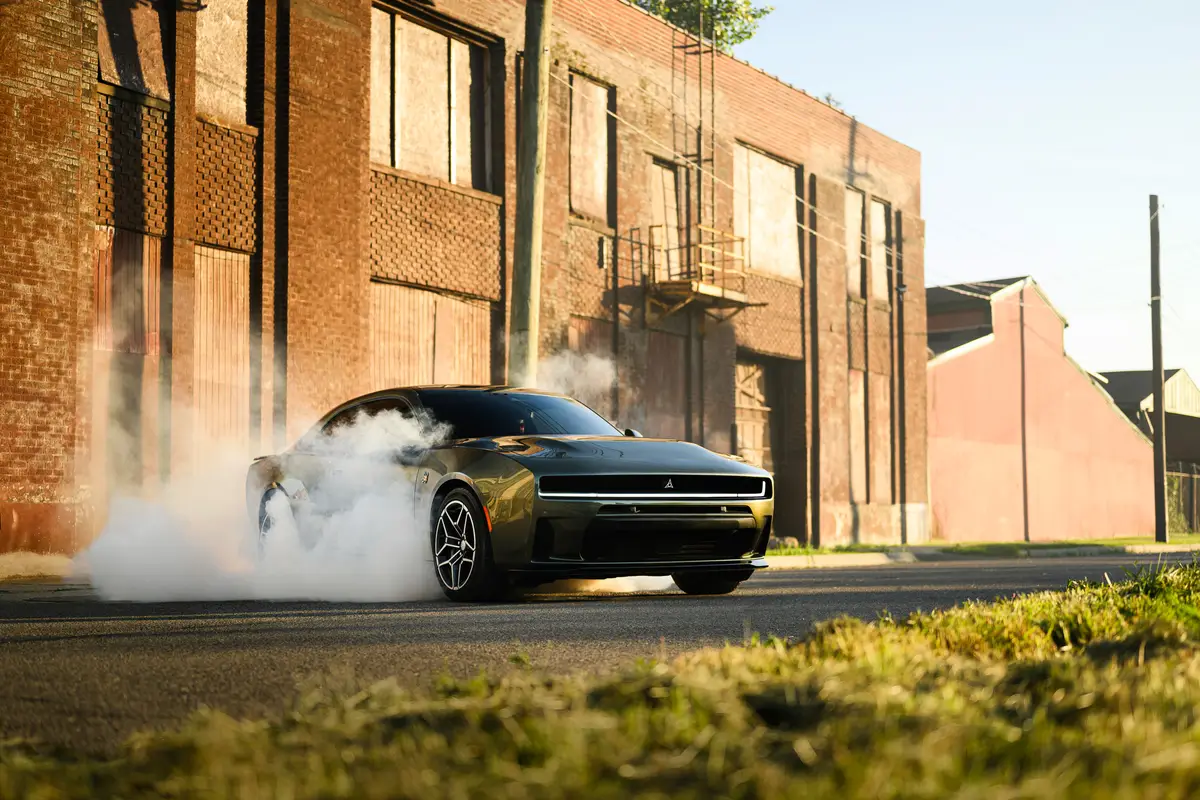Mother Proof's view

When my girls and I first approached the 2010 Nissan Cube, Cade, my 7-year-old daughter, said, “Oh, my gosh! This is the coolest- and funniest-looking car ever!” Then she opened the car door and said, “Uh, the doors feel like plastic.”
Cade’s impressions of the Cube mirrored my own – quite eloquently. At first, I was somewhat impressed and intrigued by the Cube’s outside-the-box (or just plain boxy), asymmetrical design. Nissan’s gone all artsy on us, transporting cubism art into automotive design. Upon closer inspection, I realized that despite its clever design, this car’s fit-and-finish quality perfectly matches its $13,990 starting price tag.
My test car was equipped with a 122-horsepower four-cylinder engine, and a six-speed manual transmission. A continuously variable automatic transmission is available.
Whether you love or hate its looks, one thing isn’t debatable: The Cube gets noticed, something many of its 20-something buyers would probably love. They may also love the budget-friendly price tag, budget-friendly gas mileage of 28/30 mpg city/highway and the urban-friendly turning radius.
However, they may not love the stiff, Rubik’s-Cube-on-wheels drive quality and accompanying obnoxious wind noise; I certainly didn’t. So long as they realize they’re driving a box on wheels, the drive quality will be consistent with your expectations.
Exterior
Much like the cubist art movement, the Cube has a funky, pieced-together look that has more similarities to a Picasso painting than a modern-day car. The rear window appears to seamlessly wrap around the back and right side of the vehicle, giving it an asymmetrical look. It’s not blind-sport free, though, with a hidden pillar on the inside. This asymmetrical design results in a slight functionality issue, however, as rear visibility on the driver’s side is decreased by not having a rear window on that side.
While I refer to the Cube as Nissan’s Picasso, my sister-in-law felt this car is less artistically inspired and more canine inspired. “Just like a pug, the Cube looks like it ran into a wall and smashed its nose in,” she said.
Either way, people talked about this car. My fourth-grade daughter was thrilled that the sixth-grade boys oohed and aahed over her “ride” when I pulled into the carpool lane. That scored me beaucoup cool-mom points.
My biggest gripe about the Cube is its wide, refrigerator-style rear door. After a trip to the grocery store, I pulled my shopping cart up to the back of the Cube, but couldn’t fully open the swing-out door without bumping it into the cart. I had to awkwardly swing my cart out into traffic, around my body and the partially open rear door to the right-rear side of the car where I could finally load my bags without any obstructions.
The cargo area is fine for a quick grocery run, but it’s definitely not big enough for a Sam’s Club trip. Although the second-row seats don’t fold completely flat, I found that they came pretty darn close (see slideshow).
Easier, though, is the ingress and egress of the Cube. A super low step-in height and high roofline make this vehicle easy for anyone to get in and out of; moms hefting infant-safety seats, small children and their grandparents alike would be able to effectively maneuver either in or out of the Cube.
SENSE AND STYLE
Family Friendly (Not Really, Fair, Great, Excellent): Great
Fun-Factor (None, Some, Good Times, Groove-On): Some
Interior
Fascinating design cues continue on the inside of the Cube. Most intriguing is its repeating water droplet pattern. The headliner of the Cube, an area completely overlooked in other cars, has an interesting ripples-in-a-pond effect going on. I didn’t even notice this until another car’s headlights cast its light into the cabin at night, highlighting the ripples.
I’m wondering if the strange circular remnant of shag carpet on top of the dashboard is supposed to have something to do with this water droplet theme, as well. I spent my two-week test drive wondering why someone would place a random piece of ’70s shag inside this car. I did discover that it’s a great place to stash a pen since the carpeting held it in place. Other than that, its purpose still eludes me.
My girls got quite a thrill out of the personalized LED lighting options inside the Cube (and if I’m being completely honest, I did, too). Just like my daughter’s mood ring, the cupholders and footwells changed from violet to red to blue to green and every shade in between to match our ever-changing moods. Yeah, just be glad you don’t live in our home. The rapidly changing moods are definitely not confined to car rides. Anyone interested in baby-sitting?
To my own personal benefit, there were enough cupholders in the Cube (six of which were accessible from the driver’s seat) for all of my stuff. One for my chai, one for a water bottle, one for my cell phone, one for my 3-by-5 sticky notes and pen, and one for my ChapStick, and there were still leftover cupholders to spare. I especially appreciated the two cupholders located at the perfect spot for me – just to the left of the steering wheel.
Although my girls and I are part of the vertically challenged portion of the nation’s population, we marveled at how much headroom there is in the Cube. A tall, gangly teenage passenger or driver would most definitely fit in this car, with room to spare.
Speaking of oddly proportioned things, the Cube’s sun visor bothered me. It seemed large enough, but upon swinging it over to the left to cover my driver’s side window, it didn’t block enough of the window to be effective. It didn’t extend to cover more space, and it proved to be pretty ineffective at blocking out side-intruding sunbeams.
IT’S THE LITTLE THINGS THAT COUNT
Storage Compartments (Puny, Fair, Ample, Galore): Ample
Cargo/Trunk Space (Puny, Fair, Ample, Galore): Fair
Safety
The Cube is designed for a younger generation of drivers, so you wouldn’t expect much attention to detail for older drivers with infants and toddlers. And that’s about what you get. The Latch connector access is average on a scale of usability, and the rear seat belts are about average as well in terms of ease of buckling for little ones in booster seats. My younger daughter struggled with the seat belt a bit.
The second row slides back and forth, which means there’s plenty of space for a rear-facing infant-safety seat. My daughters’ booster seats fit fine, thanks in part to the reclining backseat. Having the ability to adjust the backseat’s angle made it easy to get the booster seats to fit.
The Cube comes with a slew of standard safety features, including front- and side-impact airbags for the front row and side curtain airbags for both front and rear passengers. It also has standard antilock brakes, traction control and an electronic stability system, which is a great standard feature at such a low price point.
The 2010 Nissan Cube has been named a 2010 Top Safety Pick by the Insurance Institute for Highway Safety. To receive this safety award, a car must receive a top score of Good in frontal-offset, side-impact, rear and rollover crash tests, and it must have standard electronic stability control. Whether you’re driving your new baby around in the Cube or passing the keys off to your 17-year-old stepson, this safety award should help you and your family feel secure about driving the Cube.
FAMILY LIFESTAGE
In Diapers: The backseat slides fore and aft to give plenty of room for rear-facing infant-safety seats.
In School: A low step-in height means little ones can climb in/out easily in carpool lane.
Teens: Any teen would love you forever for letting them drive something so hip and new (and it’s got lots of safety features to make you feel good about it).

Former Senior Family Editor Kristin Varela blends work and family life by driving her three tween-teen girls every which way in test cars.
Latest news



